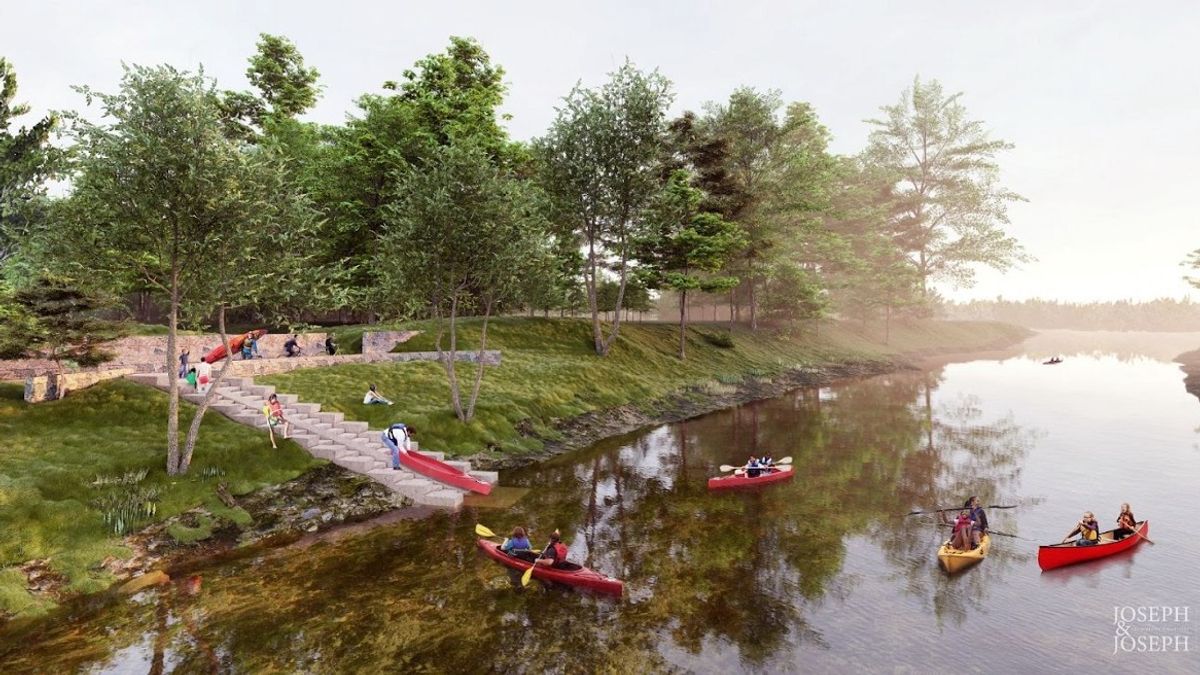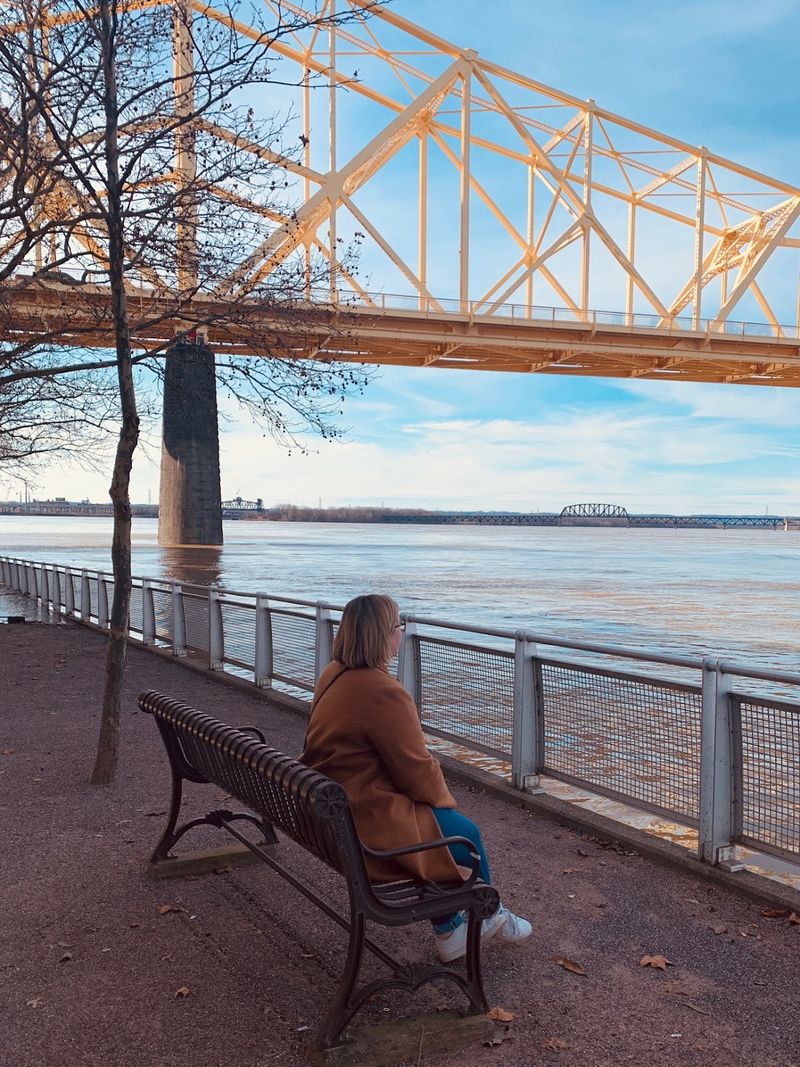
Water Works - Putting Water at the Center of Place
Making your water source work for your community can make a big splash and create ripple effects for growth and development!
If you go back in time and consider why some places were developed and why others weren’t, most of the time, it’s because of access to water. Communities need water access for all the practical reasons, like human survival, but also for business, transportation, and recreation. Waterways are critical public spaces that have defined community development since the dawn of time, and they are finally making a comeback.

When you think of water in cities, you may think of places like Venice, Italy, with the famous gondoliers or the central canals in Amsterdam, but more often than not, most communities have smaller and less renowned waterways that may or may not get the credit they deserve, but still serve as the epicenter of local life.
Think about where you live. How far away is the nearest body of water?
According to How Close Do We Live to Water? A Global Analysis of Population Distance to Freshwater Bodies, “…over 50% of the world’s population lives closer than 3 km to a surface freshwater body, and only 10% of the population lives further than 10 km away.” That’s a lot of water, and that proximity affects our daily lives.
Whether near the ocean, lake, river, or creek, cities and towns depend on water. That dependency is forever linked with the human experience. How people and decision makers have chosen to consider that dependency dramatically affects the quality of life.
Water gives us life — here are just a few of the ways water affects us and how our communities develop:
- health and well-being, including mental health
- socioeconomic development
- energy and food production
- healthy ecosystems

Development Flows Either Toward Water Access Or Away
Water defines our public and private spaces. Just consider the fact that in general, property costs more to purchase if located near water even as sea levels rise, according to recent research from Yale’s Matthew Spiegel.
There’s a reason why “waterfront property is phenomenally expensive,” he says: there’s a finite supply of coastal property, and people like to live on the water.
With added value, spaces near water come at a premium. The reverse is true as well; water that is not cared for or is undesirable can drive development from people and places. Some communities were intentionally built away from the water because of major waterways like the Hudson River in New York City or Boston Harbor in Boston. These bodies of water were so polluted and smelled so bad no one wanted to be anywhere near them. Water is a major factor in where people live.
Also, water is a critical equity issue. When communities struggle to access access to clean and safe water, they suffer. Consider the Flint water crisis and the long-term effects it has on its population not only on their health and well-being but on how the community is perceived and developed.
Climate change has made it even more imperative to pay attention to water as droughts and flooding are causing catastrophic damage.
But it’s not all bad news. In fact, more communities are seeing water as the asset it is and choosing to invest or reinvest. The Biden Administration is dedicating more funding for ports and waterways, calling them “critical infrastructure.”
Efforts are also underway across the country to restore and improve our waterways: check out this list from the Environmental Protection Agency (EPA).
The shift back to seeing bodies of water as assets hasn’t happened overnight, and undoing the damage to these environments isn’t easy and will take time, but by putting water at the center of your community’s development plan, you could be developing your community’s most vital resource.
Water as a place and place to play!
Our waterways are important places but they are also great places to relax, recreate, and play!
You may be familiar with the term greenway, usually a shared-use path of undeveloped land, set aside for recreational use or environmental protection.
Similarly, leaders now see the same approach taken to waterways with the creation of blueways.
A blueway or water trail is a water path or trail that is developed with launch points, camping locations and points of interest for canoeists, paddle boarders and kayakers.
By taking the same thoughtful, protective, and use-based approach to water as we do greenspace, communities can create opportunities for the following wellness activities:
- canoeing, kayaking, paddle boarding
- boating
- fishing
- swimming
- meditation
- community gatherings
What can you do to develop or improve your waterway?
First, learn more about the health of your local waterway at the EPA’s How’s My Waterway website.
Be sure to consider these resources for how the develop along waterways in more equitable ways to ensure all community members have access.
Don’t forget to engage your community in the process of improvement or development — check out our tips.
Reach out to your local environmental and waterways leaders. Not only will it be important for them to be key stakeholders, but they can direct you to more funding or educational resources. This map shows you organizations and opportunities near you.
At Patronicity, we’ve seen successful projects around the country that could. Here are just a few:
- blueways and paddling trails — Silver Creek Blueway Project
- kayak and canoe launch — Kayak Flint and Cicero Accessible Kayak and Canoe Launch
- bridge and water access improvements — Carp River Bridge and Riverfront Recapture
- river walks and trails — Norwalk River Valley Trail and Riverfront Park Revitalization
- water theme play spaces — River Ramble
- music and arts venues — Lake Maxinkuckee Amphitheater
- plazas, observation decks, and overlooks — Wabash Riverfront
Making your water source work for your community can make a big splash and create ripple effects for growth and development!

